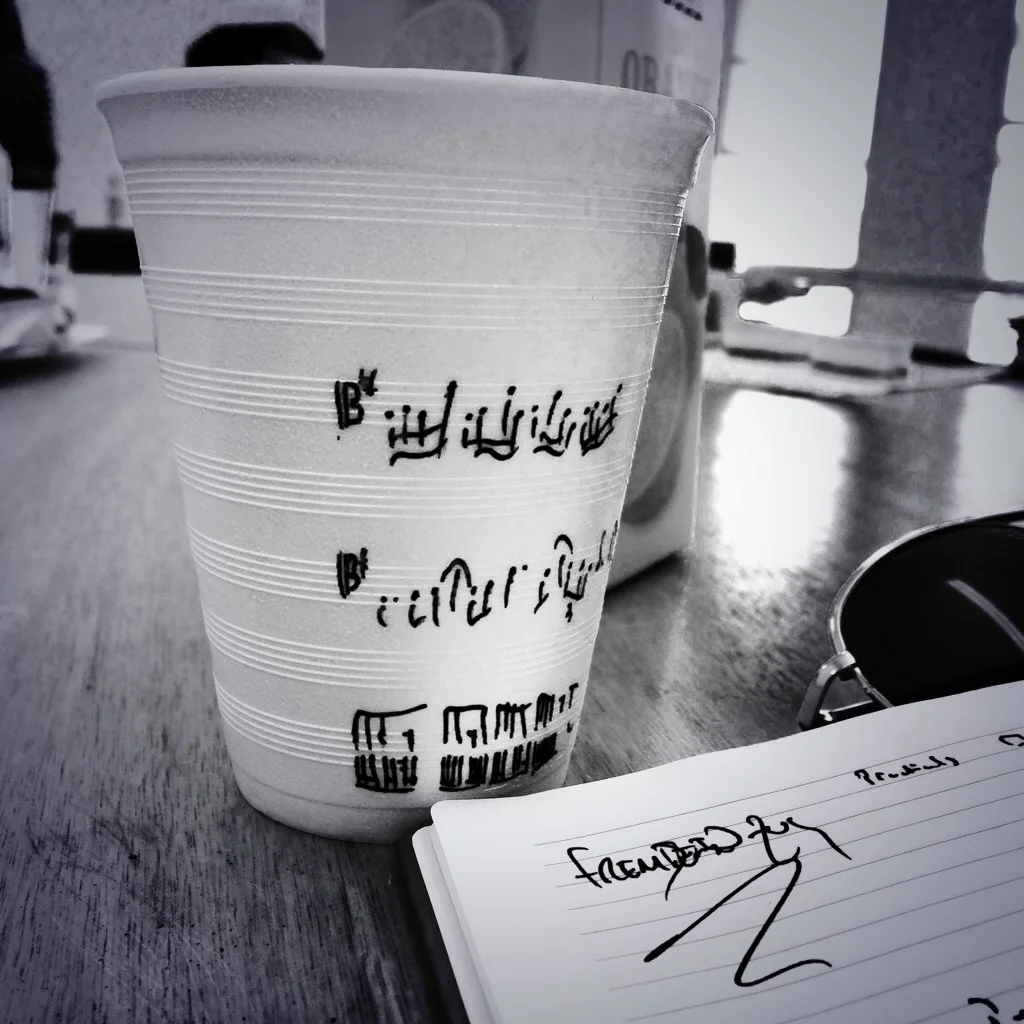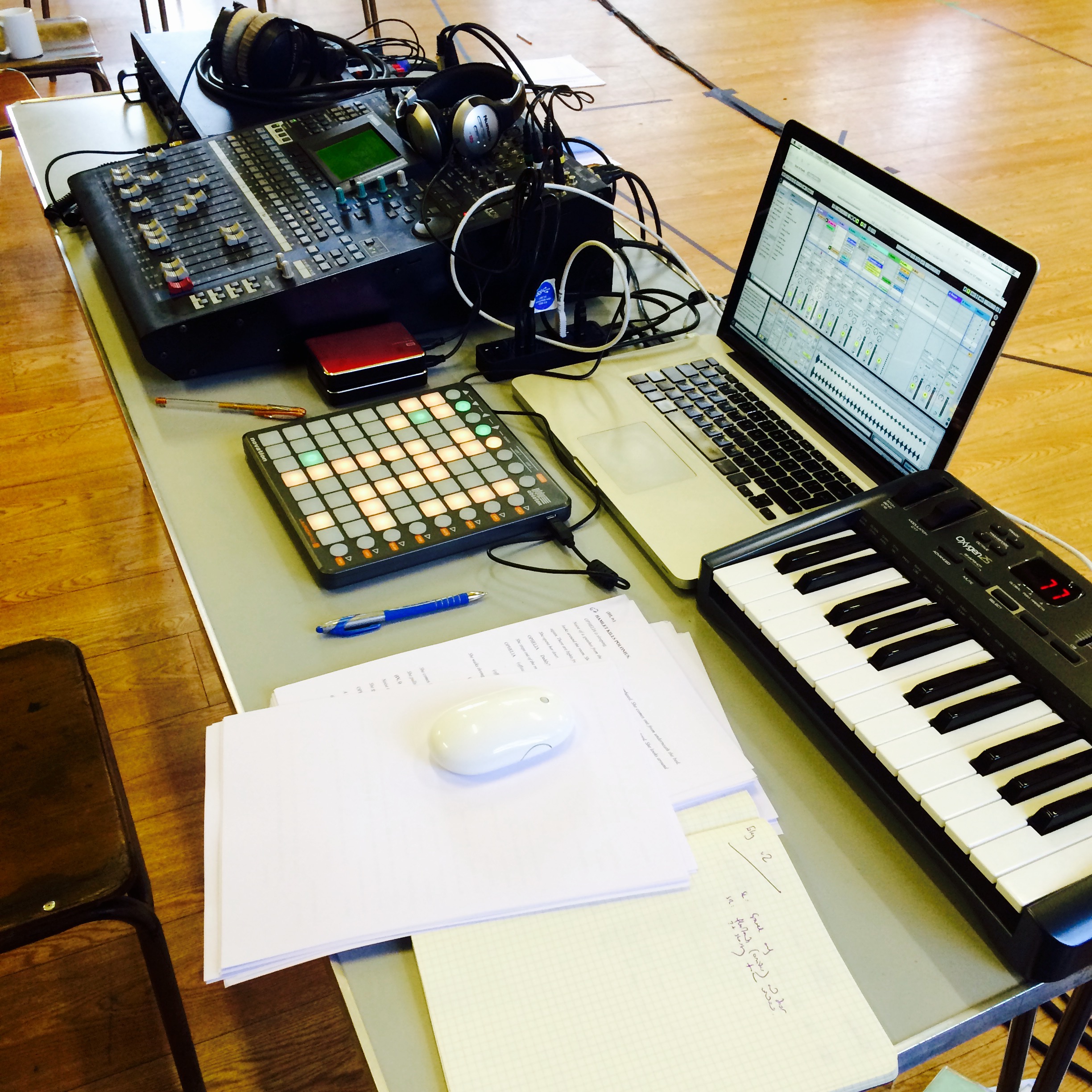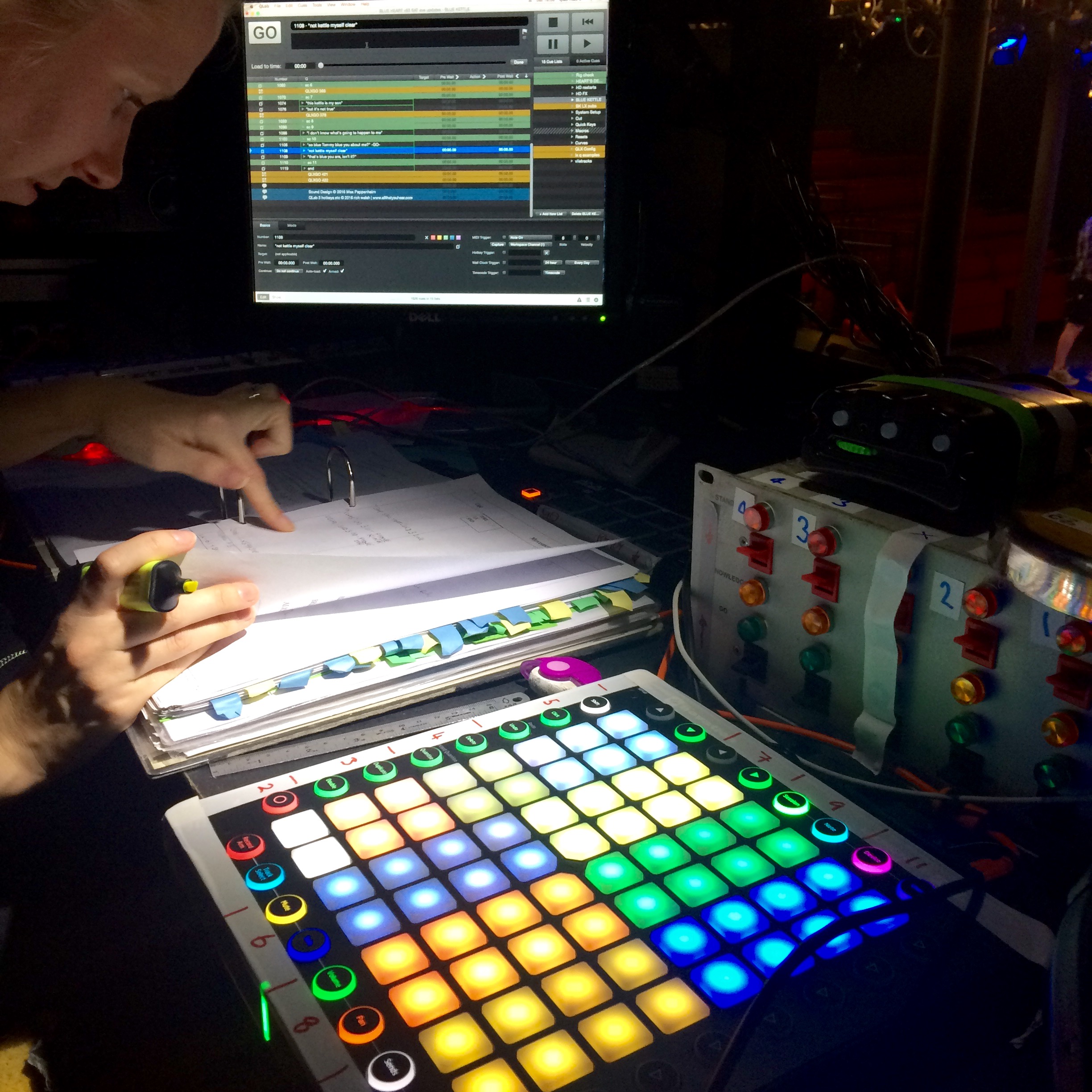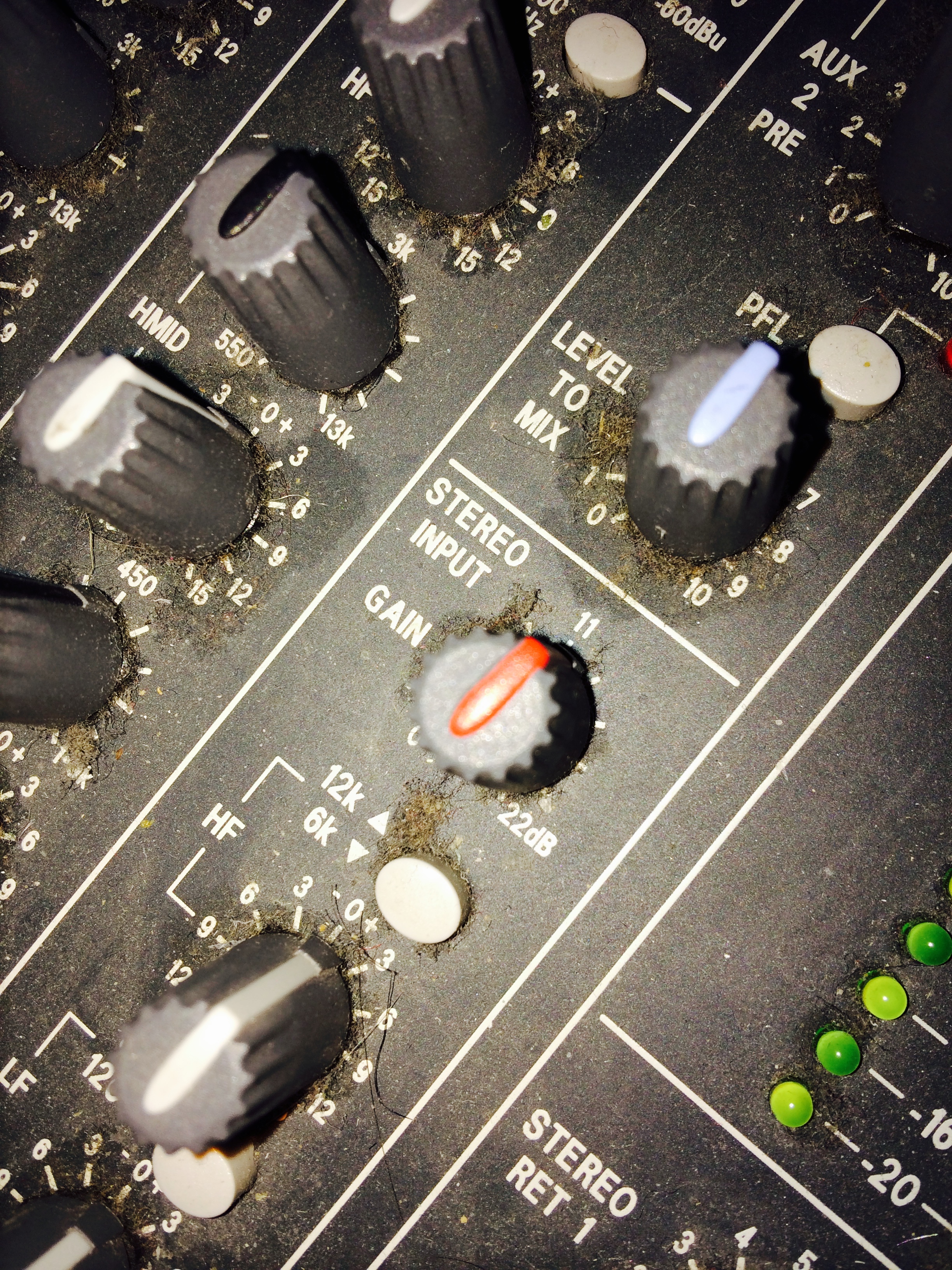






As a Sound Designer,
Just as Set, Costume, Lighting and Video Designers look after what the audience sees, Sound Designers take responsibility for everything that an audience hears. Most of my work is in live performance, where the challenges can be immense, but the creative rewards match up. And the stakes are rising: audiences today are hugely sound-literate, and as TV sound becomes more and more cinematic (and home systems become ever more sophisticated), theatre sound must keep pace. Of course we're not aiming to make theatre sound like the movies; the rules are very different. But the days of providing two dog barks and a doorbell from a library CD are over!
Creating sound
My work might include providing environmental sound and literal “sound effects”, abstract (symbolic/expressive) sound, or music, but most often it's a blend of all of these. (Where's the line between birdsong, becoming by turns full, joyous, spare, pensive, threatening or sad, and music that does the same?) With every project I'll start with a blank canvas and find the "sound language" through discussions and experiments with the writer, director, actors, and indeed the whole team of collaborators. Sound and music might be pre-recorded and played back, or performed live onstage, which tends to repay every minute of exploratory, joyous (and occasionally gruelling) rehearsal. But I'm also regularly to be found out recording sounds: the crashing of waves on a deserted beach, the hubbub of a crowded beach, the roar of the ovens in a bread factory, or the dawn chorus in a forest at 4am.
Supporting Performances
Another side of my work is with actors and musicians, making sure all members of the audience can hear everything with clarity, detail and nuance. Part of this involves getting us to square one by making sure voices aren't being drowned out by noisy stage technology, the air conditioning or the traffic outside. But it can also involve microphones, worn by the actors or concealed onstage, to pick up sound and relay it to loudspeakers for the audience. And of course once we have sound coming into a microphone, we can work with it to create echoes, distortions, and repetitions to haunt the characters with later...
Education
Since moving to work in theatre from teaching in a secondary school, I've continued teaching, most regularly at RCSSD, and running workshops at all levels. I'm always happy to talk to people about sound and theatre, especially if they have little or no prior experience. In an age where the Tony Awards dropped their Sound Design category altogether for a while, claiming that their voters didn't know how to assess it, none of us want sound to be a dark art. If you've read this far and would like to know more about Sound Design or my own work, or would be interested in me coming to run a workshop, or indeed would like to visit me on a production and see what all this stuff looks like in action, please drop me a line on the Contact page.
